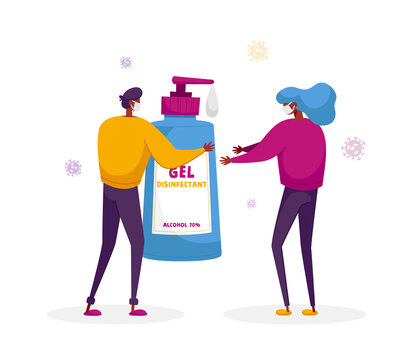Opportunistic Infections (OI/OPI): Understand, Prevent, and Act Early
Opportunistic infections (OIs/OPIs) are illnesses caused by microbes that usually cause mild disease—or none at all—in people with healthy immune systems. When immunity is weakened, these organisms can cause severe or recurrent infections. Managing OIs requires prompt recognition, targeted treatment, and addressing the underlying immune deficit.
Who Is at Risk?
- Immune‑modifying conditions: HIV (especially low CD4 counts), blood cancers (e.g., leukemia, lymphoma), aplastic anemia
- Cancer therapies: chemotherapy, radiation
- Transplant and autoimmune therapy: corticosteroids; calcineurin inhibitors; biologics (e.g., anti‑TNF)
- Chronic illnesses: diabetes, chronic kidney/liver disease, malnutrition; extremes of age
- Hospital factors: major surgery, ICU care, prolonged hospitalization, invasive devices (central lines, catheters), breaches in sterile technique
Common Opportunistic Infections (by type)
- Bacterial: Staphylococcus aureus (including MRSA), Pseudomonas, Listeria; reactivation of tuberculosis; atypical mycobacteria
- Viral: Herpes simplex (HSV), Varicella‑zoster (shingles), Cytomegalovirus (CMV), Epstein–Barr virus (EBV)
- Fungal: Candida (oral thrush, esophagitis), Aspergillus (invasive aspergillosis), Pneumocystis jirovecii pneumonia (PJP)
- Parasitic/protozoal: Toxoplasma gondii (encephalitis), Cryptosporidium (chronic diarrhea)
Note: Specific OIs vary with the type and degree of immunosuppression.
Signs and Symptoms to Watch For
- Fever or chills without a clear source
- Cough, shortness of breath, chest pain
- White patches in the mouth, painful swallowing (suggesting candida or esophagitis)
- Persistent diarrhea, abdominal pain, weight loss
- Headache, confusion, seizures, or focal neurologic deficits
- Painful skin lesions, shingles‑like rashes, or rapidly spreading redness
How OIs Are Diagnosed
- Clinical history: type/duration of immunosuppression, exposures, prior OIs, vaccinations
- Exams and tests: blood work (including inflammatory markers, cultures), pathogen‑specific antigen/PCR tests, sputum/urine/stool studies
- Imaging when indicated: chest X‑ray/CT for pneumonia; brain imaging for neurologic symptoms
- Immune status assessment: HIV testing/CD4 count where appropriate; neutrophil counts in chemotherapy
Treatment Principles
- Rapid, targeted antimicrobial therapy based on likely pathogens and test results
- Supportive care: oxygen, fluids, nutrition, pain/fever control
- Source control: remove/replace infected lines or devices when indicated
- Adjust immunosuppression if possible in consultation with the treating specialist
- Prevent recurrence: some patients benefit from prophylaxis (e.g., PJP prophylaxis in selected HIV, transplant, or chemotherapy patients)
Important: OIs may recur until immune function improves; adherence to therapy and follow‑up is essential.
Prevention: Practical Steps
- Vaccinations: stay current (influenza, COVID‑19, pneumococcal; shingles if eligible; hepatitis per risk)
- Hand hygiene and oral care; safe food and water practices (avoid undercooked foods, unpasteurized products)
- Environmental precautions: avoid moldy environments, dusty demolition sites, and unprotected soil/animal droppings when severely immunosuppressed; wear a mask and gloves if exposure can’t be avoided
- Hospital safety: sterile technique for procedures, appropriate device care, antibiotic stewardship, isolation when required
- Medication prophylaxis: follow clinician advice on preventive antibiotics/antivirals/antifungals during high‑risk periods
- Lifestyle: control diabetes, optimize nutrition, stop smoking
When to Seek Urgent Care
- Fever ≥38.0°C (100.4°F) in someone on chemotherapy or with low white cell counts
- Trouble breathing, chest pain, oxygen saturation dropping
- Severe headache, stiff neck, confusion, seizures
- Persistent vomiting/diarrhea with dehydration or inability to take fluids/meds
- Rapidly spreading skin infection, painful blistering rash (possible shingles)
This article is for general education and does not replace professional medical advice. If you’re immunocompromised or on immunosuppressive therapy, discuss individualized prevention and prophylaxis with your healthcare team, and seek care promptly for concerning symptoms.







